Vaginal yeast infection is a disease caused by yeast-like fungi, most often of the genus Candida (therefore, it is often called candidiasis). These fungi create rich microflora in the natural environment. Interestingly, some species of Candida fungi may be part of the natural microflora of animals and humans.
For example, Candida albicans occur in 40-80 percent of healthy people and belongs to the physiological flora of the digestive tract. Candida fungi can also occur in the membrane of the respiratory system or the membrane of the urinary system. Since these fungi are naturally present in our bodies, it is worth noting that yeast infection is a disease that develops only in favorable conditions for the microorganism to multiply.
The proliferation of yeasts of the genus Candida occurs due to damaged immune system functioning and disturbance of the balance in the composition of the microflora of the human body. Factors![]() that may contribute to this include:
that may contribute to this include:
Other risk factors include:
Moreover, yeast infection happens due to improper hygiene (for example douching or hygiene neglect), and in very humid and warm conditions. The disease may also be caused by direct contact with a person infected with the Candida fungus.

Yeast infection can take many forms. There are three main types of infections: generalized superficial and systemic infections.
Generalized candidiasis develops mainly in immunosuppressed people – it's a state of reduced immunity, which gives the possibility of excessive development and spread of Candida. Such situations occur especially in the case of insufficient immunity of cells, which is becoming more common due to the development of medicine. The weakening of the immune system is quite common in people after organ transplants (in their case, the immunity is deliberately lowered so that the body does not reject the transplanted organ). The state of weakened immunity also occurs in patients struggling with AIDS and people taking immunosuppressive drugs in the course of autoimmune disease treatment.
The weakening of the immune system is also a problem for oncology patients receiving chemotherapy (a side effect of chemotherapy is neutropenia, i.e., a reduction in the number of neutrophils, which are important cells involved in defense against infections).
Weakened immunity is also a problem for people addicted to drugs and alcohol, people with eating disorders (bulimia, anorexia), malnourished people, and patients with deficiencies of B vitamins. It's worth noticing that candidiasis is transmitted through the circulatory system, but it can involve various organs and tissues. For this reason, people who are immunocompromised are advised to be cautious.
Superficial candidiasis can affect various parts of the skin, appendages, and mucous membranes, while systemic candidiasis influences one organ in our body (an example can be fungal endocarditis). Superficial candidiasis can also attack us due to generalized infection with the dominance of symptoms from one organ. Depending on the stage of candidiasis, appropriate medications are prescribed for patients. It is necessary to use antifungal creams or ointments, nail polishes, mouthwashes, and some oral medications.
If you start to experience intense itching of the vagina and its surroundings, your body is likely struggling with a yeast infection. The diagnosis is almost inevitable if a white, caseous discharge accompanies it. Do not underestimate this ailment to prevent the development of the disease, inflammation, and dangerous complications. Be sure to contact a gynecologist who will prescribe the appropriate treatment.
In addition to smooth skin, thrush can affect mucous membranes, such as the vulva or the penis. Quite often symptoms you may experience if you develop a genital yeast infection include:
The main risk factors are pregnancy, diabetes, and obesity, as well as poor personal hygiene and contact with infected people. The severity of symptoms ranges from slight itching and burning to painful swelling. Ignoring these yeast infection symptoms can lead to more severe health problems (like urethritis).
In men, the infection mainly affects the foreskin and the glans of the penis, while in women mainly the vagina and the vulva. Then, there is tenderness in the organs affected by the infection and pain during urination and sex. Patients may also notice whitish spots and ulcers with whitish discharges of dense consistency during the disease. The disease may be accompanied by itching and burning.
The more developed the vaginal candidiasis is, the more troublesome the symptoms caused by vaginal yeast will be. Vaginal itching will intensify, and inflammation and associated burning will appear, especially when urinating.

Although intimate fungal infections are considered to be typically female, it should be remembered that thrush can also affect men. Normally, mycosis of the penis develops after intercourse with an infected person or during antibiotic therapy. In the initial stage, penile thrush is usually asymptomatic, after some time a man may notice redness around the glans of the penis, a white coating under the foreskin, and he begins to feel pain that intensifies during urination and ejaculation.
To avoid intimate infections, not only vaginal thrush, you should take care of proper hygiene of the intimate area (liquids and emulsions for cleaning intimate places will be helpful). In addition, to support the maintenance of the physiological vaginal microbiome, it is worth using gynecological probiotics. However, when candidiasis develops, you should consult a doctor and introduce antifungal drugs.
The diagnosis![]() is mainly based on medical history, symptoms, pelvic exam, and microscopic examination of a vaginal smear. It is also helpful to perform a vaginal biocenosis test. Sometimes, we deal with infections of mixed etiology (bacterial and fungal). That said, a microbiological test of a smear from the genital tract is used to make the proper diagnosis.
is mainly based on medical history, symptoms, pelvic exam, and microscopic examination of a vaginal smear. It is also helpful to perform a vaginal biocenosis test. Sometimes, we deal with infections of mixed etiology (bacterial and fungal). That said, a microbiological test of a smear from the genital tract is used to make the proper diagnosis.
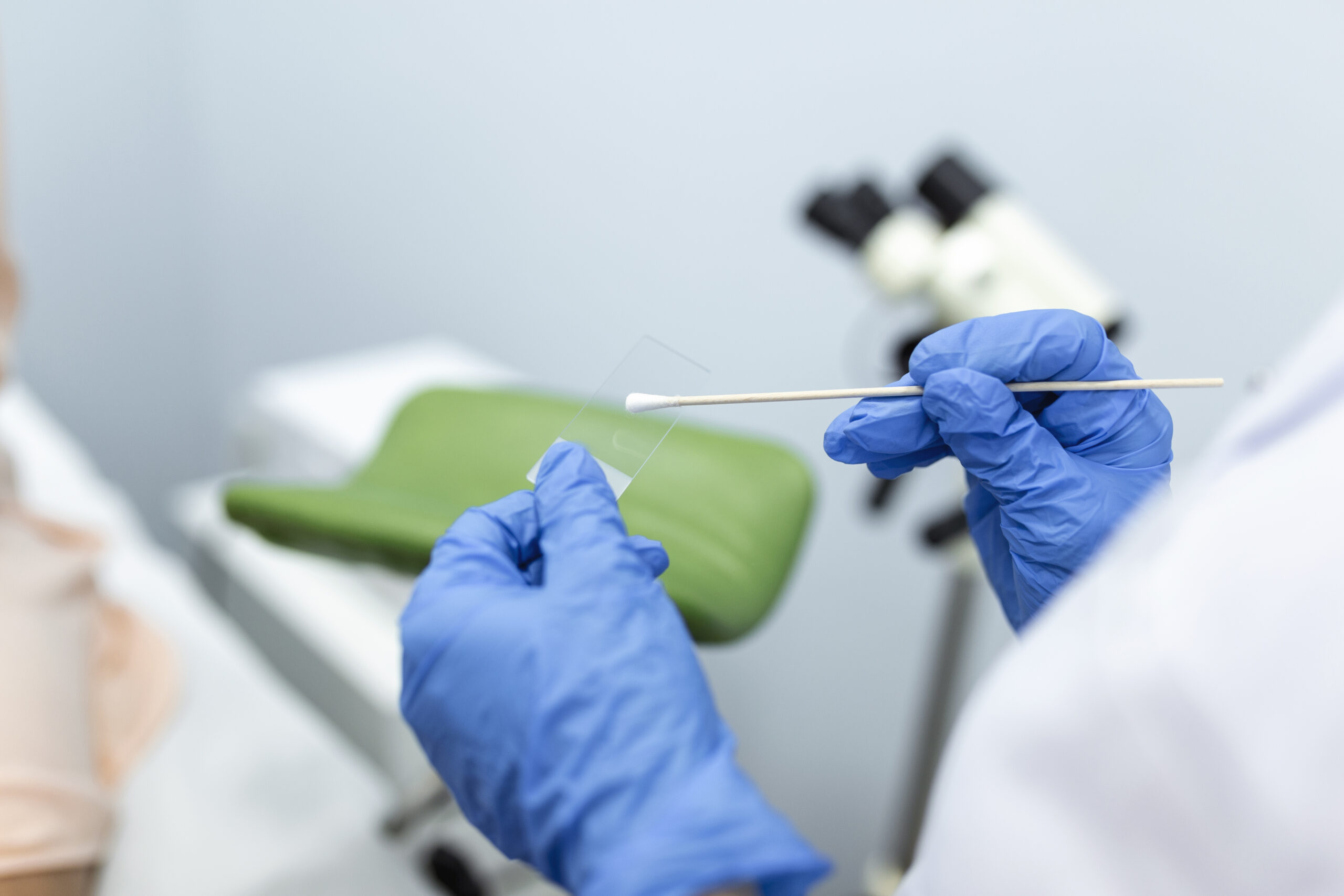
Symptoms will not go away on their own. Vaginal thrush is a disease and, like any disease, requires treatment tailored to its stage of development. Abandonment of therapy recommended by a specialist or its arbitrary discontinuation may lead to health-threatening complications.
Candidiasis can become a chronic disease and begin to attack not only the vulva area but also other parts of the female reproductive system, including the cervix and fallopian tubes. Ultimately, it can lead to infertility. But that's not all! Yeast can also begin to invade other organs outside of the genital system. Curing such an advanced disease is a big challenge for specialists.
The basic principles of candida treatment are focused on:
Among the drugs for intimate infections that a gynecologist may recommend, there are primarily antibiotics![]() . It is also beneficial to use topical ointments for vaginal mycosis. The most common is clotrimazole.
. It is also beneficial to use topical ointments for vaginal mycosis. The most common is clotrimazole.
Medications for intimate infections will bring the fastest results if treatment starts early enough. The more advanced the candidiasis, the longer the therapy usually takes to restore normal vaginal microflora. The treatment of recurrent vaginal thrush is particularly complicated. If the disease develops at least four times a year, supplementing it with clotrimazole may be necessary. Most yeast infections clear up within a few days, but the duration of treatment depends on many factors, including the severity of the disease and recommended medication.
Home remedies for yeast infection will not bring the expected results. The help of a specialist – a dermatologist, a venereologist, or a gynecologist, who will conduct a thorough examination and prescribe appropriate medications is necessary. The topic should not be underestimated and ignored because the disease tends to spread spontaneously and recur.
An excellent idea for supporting the treatment and preventing the recurrence of yeast infections is the use of gynecological probiotics. They contain specially selected live bacterial cultures that help rebuild the bacterial flora of the vagina. Probiotics are available in two forms – vaginal and oral.
The vaginal probiotic works well in situations where strong and fast action is required because it is applied topically. This form is often chosen for antibiotic therapy or treatment of an intimate infection. Oral probiotics are absorbed from the digestive tract, delaying its action. It is mainly used when it is necessary to act preventively or when applying a topical probiotic is impossible, for example, due to irritation or a previous procedure.
It is also recommended to avoid sexual intercourse![]() while having intimate infections. This action will prevent the spreading of disease from an infected person. Sexual abstinence will also help speed up healing.
while having intimate infections. This action will prevent the spreading of disease from an infected person. Sexual abstinence will also help speed up healing.
The effectiveness of mycosis treatment depends on several factors – following the rules of proper therapy allows for optimal treatment results. There is no one effective way to prevent vaginal yeast infection. Implementing a few simple habits, however, can reduce the likelihood of disease recurrence. As mentioned above, it is worth taking gynecological probiotics because they help to maintain the physiological balance of the vaginal microflora. The intimate areas should not be cleaned more than twice a day, preferably with plain water or with special products such as mild liquids and emulsions for cleaning the intimate areas. To prevent the risk of developing a yeast infection, it is recommended to use only personal toiletries.
You can also try home remedies to prevent infection, like solutions with herbal extracts of aloe, sage, nettle, or marigold (however, home remedies should not be considered a treatment). It is also worth wearing comfortable and airy underwear, which helps avoid sweating, moisture accumulation, and abrasions.
It is also beneficial to avoid skin contact with constantly moist objects and sexual contact with potentially ill people. Moreover, getting screened regularly for high-risk factors is always recommended to prevent the development of severe diseases and take care of overall health.
Table of Contents
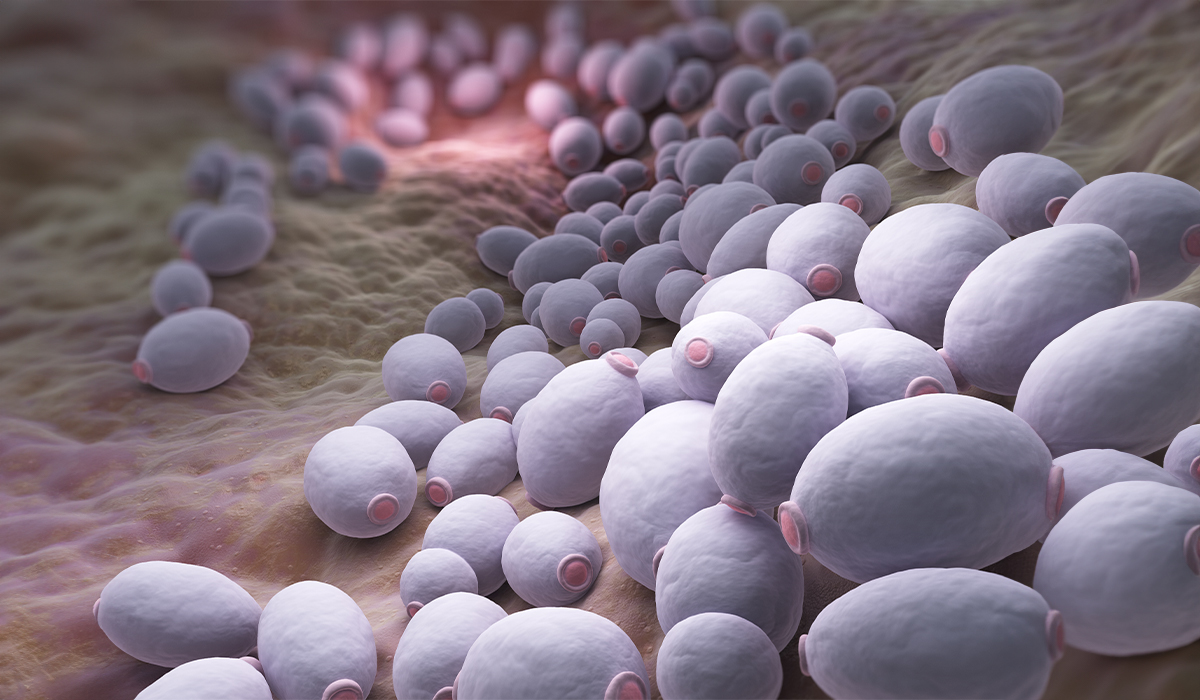
Candidiasis are common. It can affect different parts of the body. Find out more about yeast infection. Discover the best… read more »
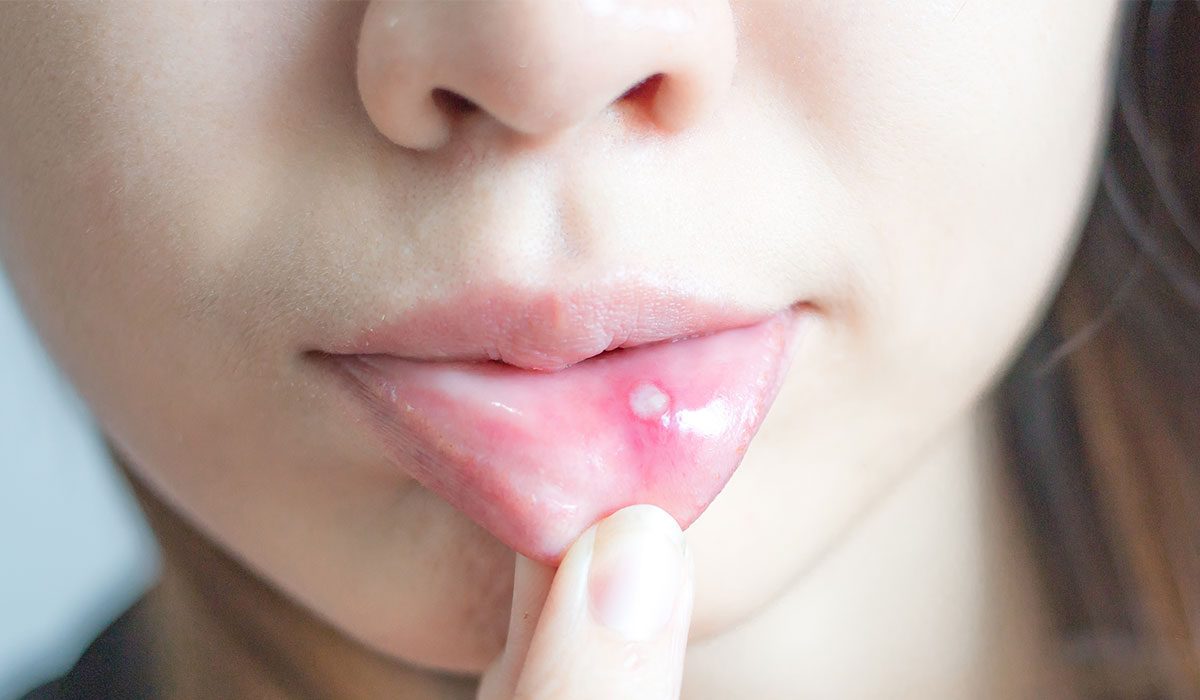
Also known as oral candidiasis, oral thrush is an infection caused by the fungus Candida albicans. The fungus is a… read more »
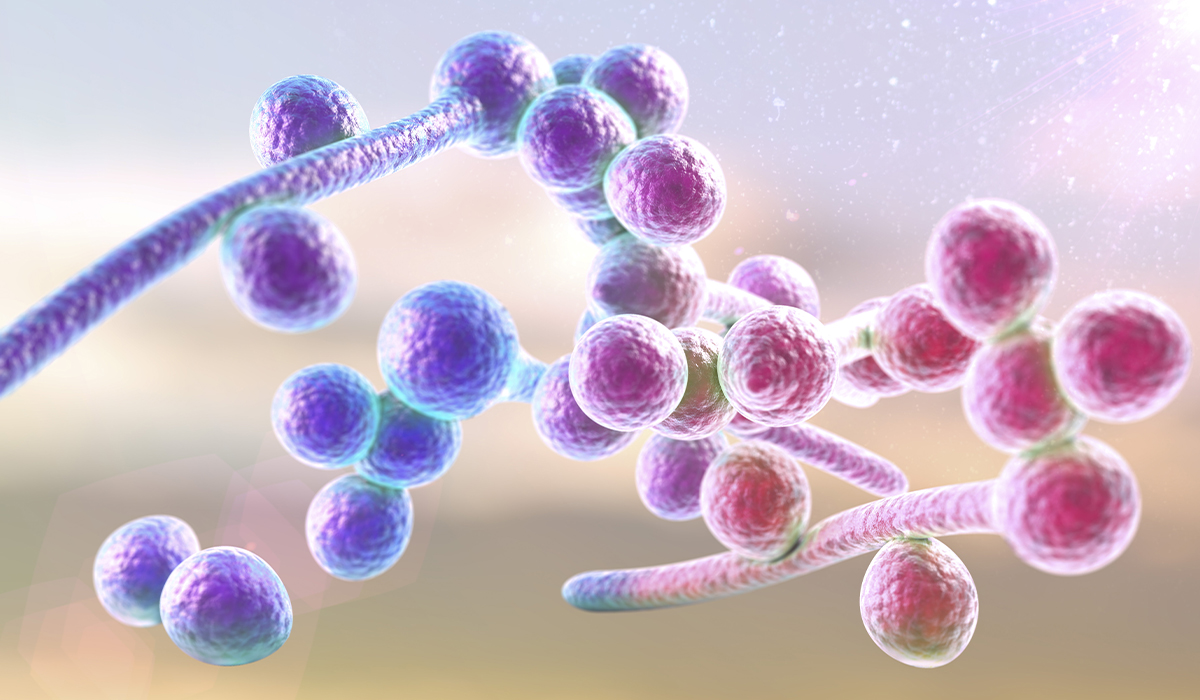
Candida is a type of yeast that is naturally present in the human body. When is it dangerous? What health… read more »

Vaginal discharge is a fluid or mucus that comes from the vagina. It is a normal bodily function that serves… read more »
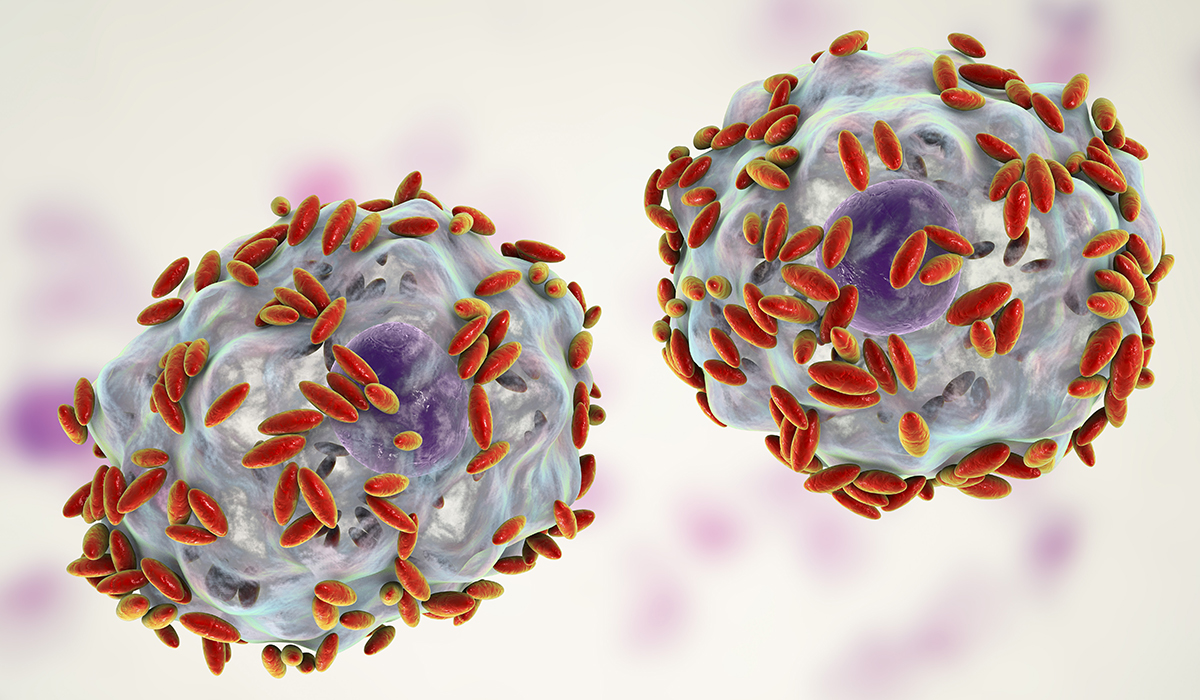
Bacterial vaginosis is a common problem for women. Learn the risk factors so you can eliminate them and protect yourself… read more »
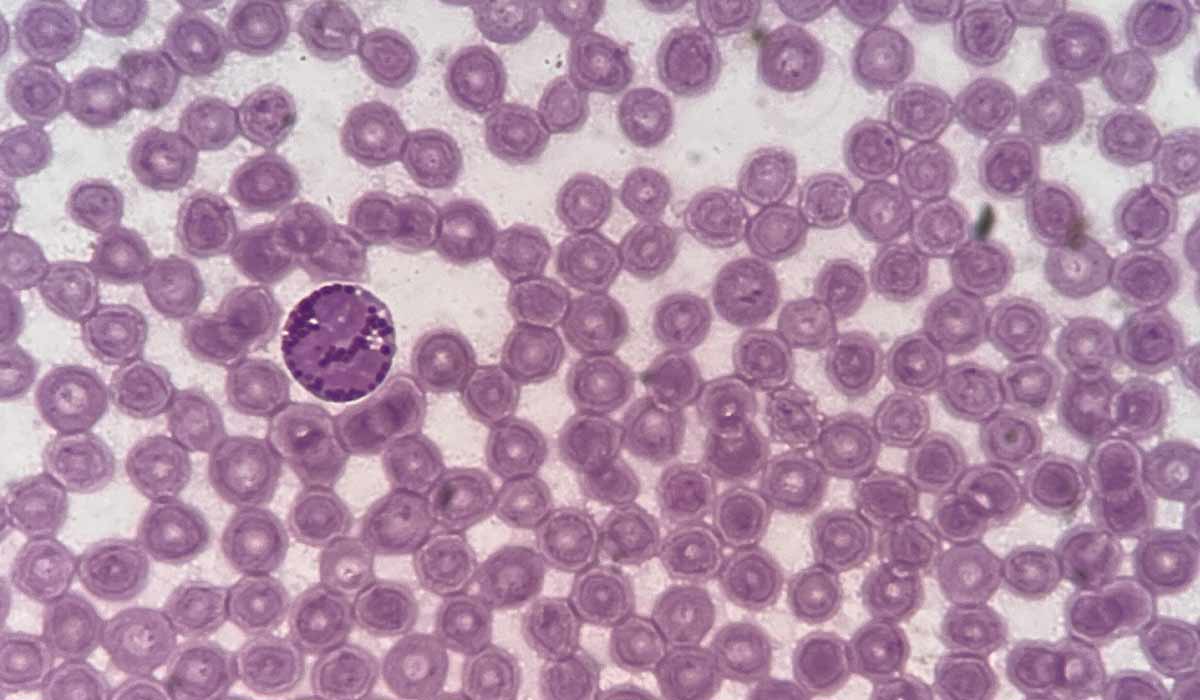
Anaplasmosis is a systemic infectious disease transmitted by ticks. It can be as dangerous as Lyme disease. Read the article… read more »

The muscles of the tongue are entirely located inside the buccal cavity. Moreover, separated from upgrading our gustatory recognition, it… read more »
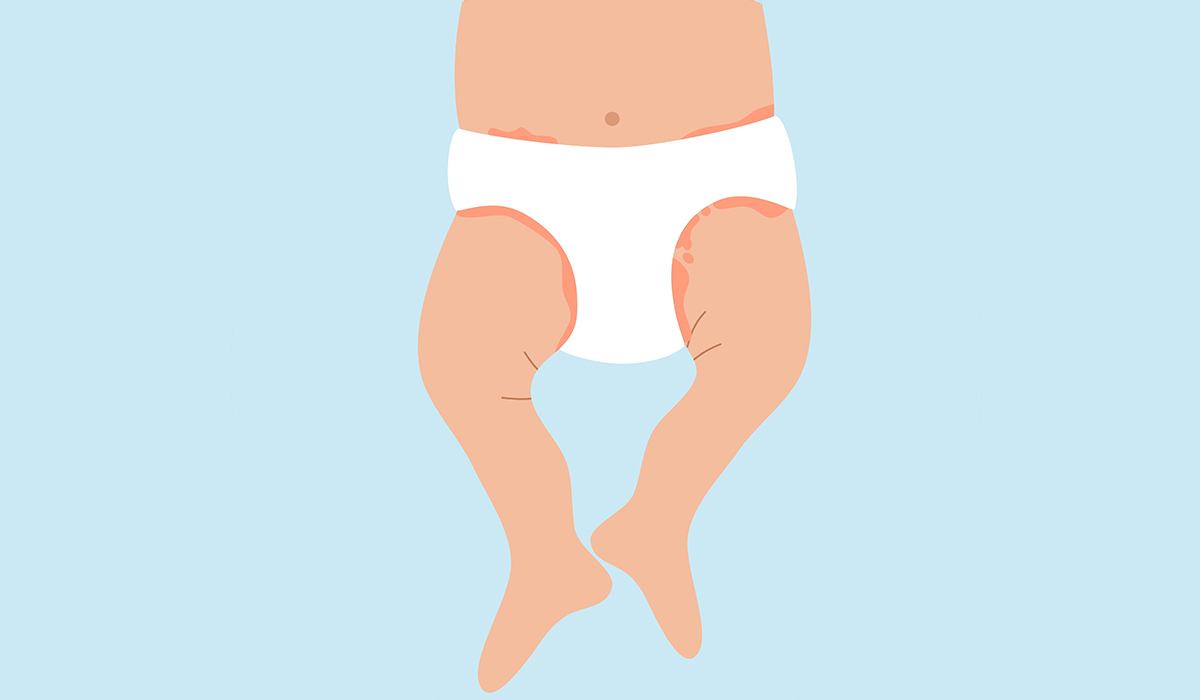
Diaper rash is when little kids and babies sometimes get a rash from wearing nappies if their skin is wet… read more »

Pathogens are disease-causing germs. They can include bacteria, viruses, fungi, protozoa, and worms. How are they spreading? What diseases do… read more »